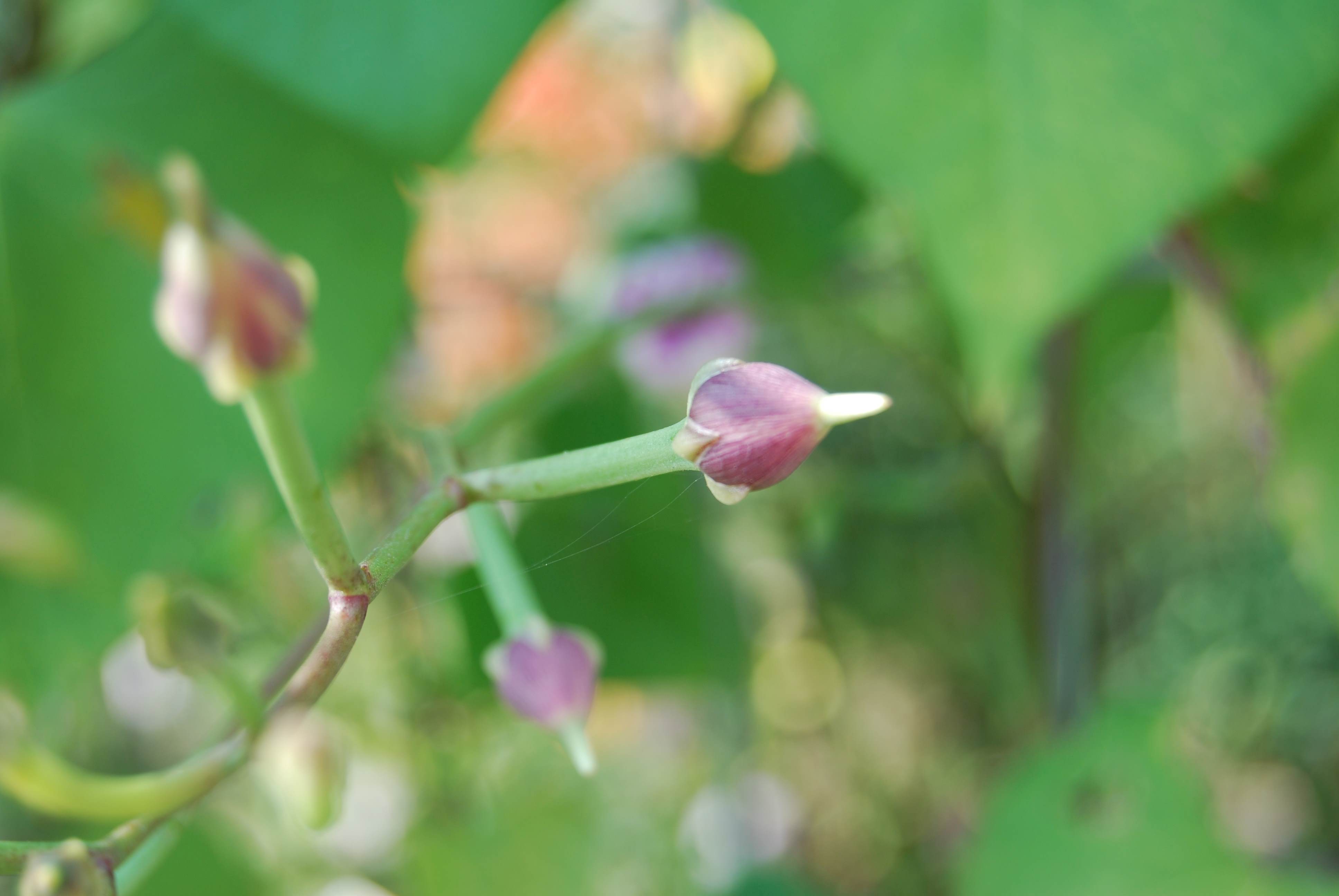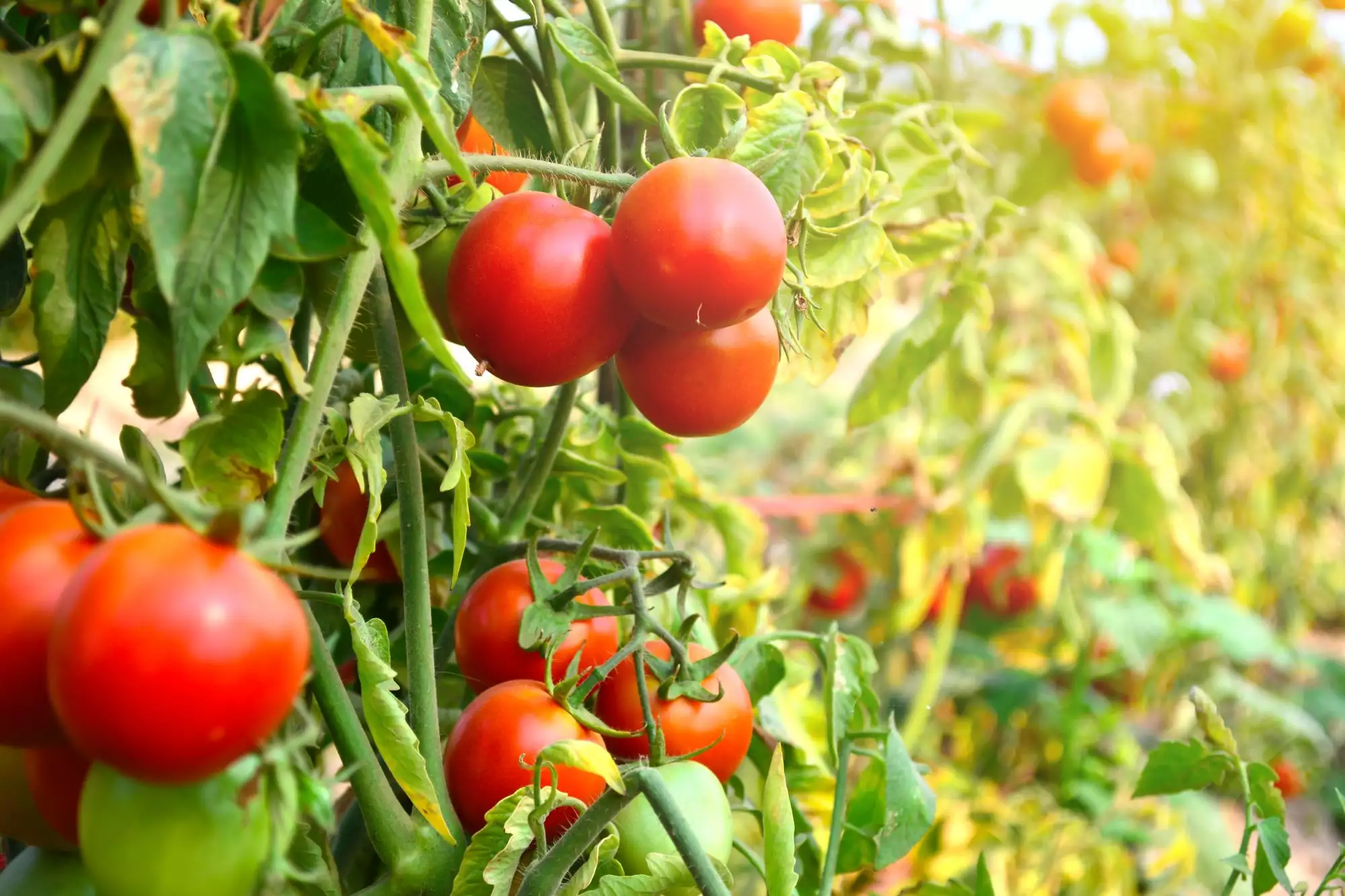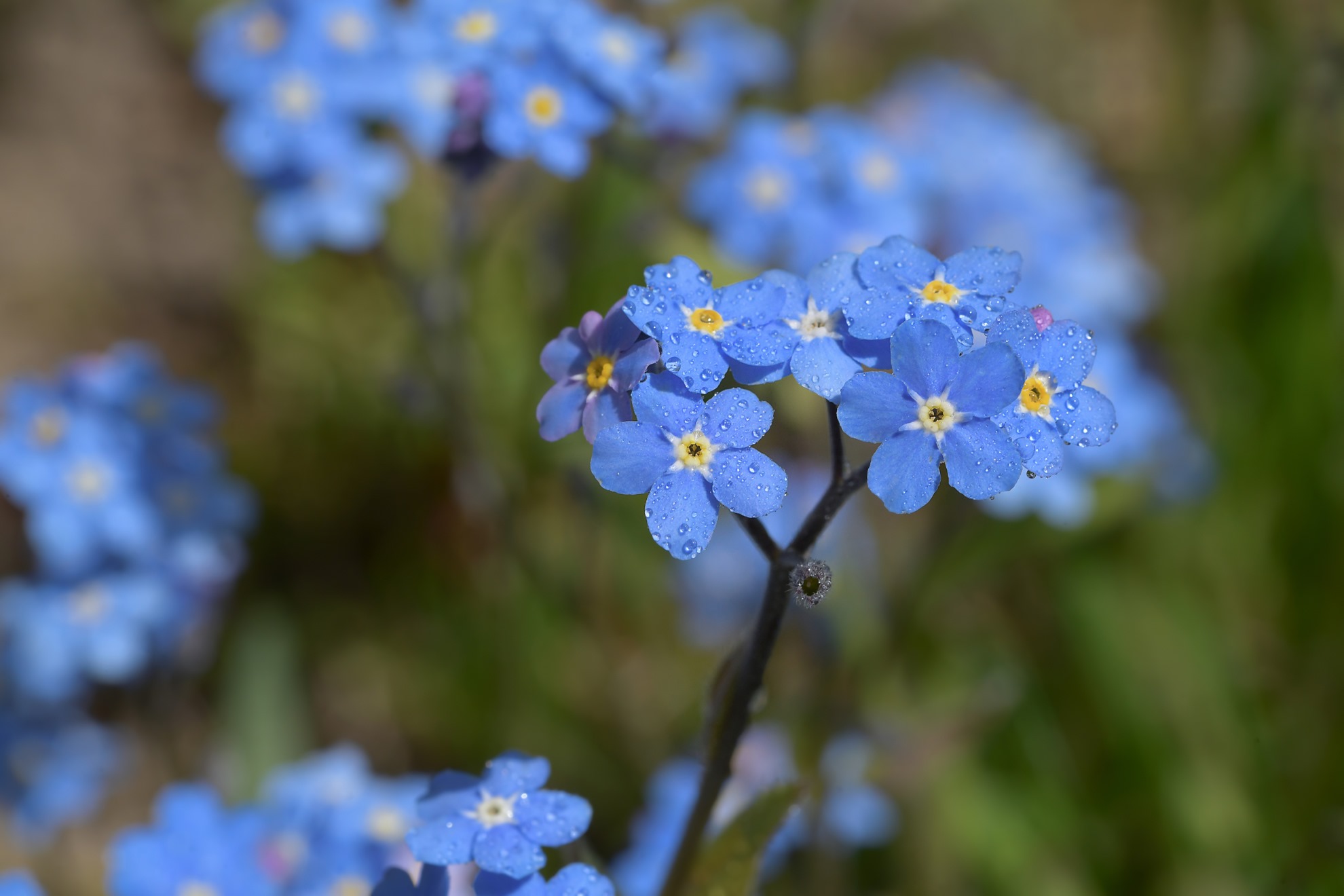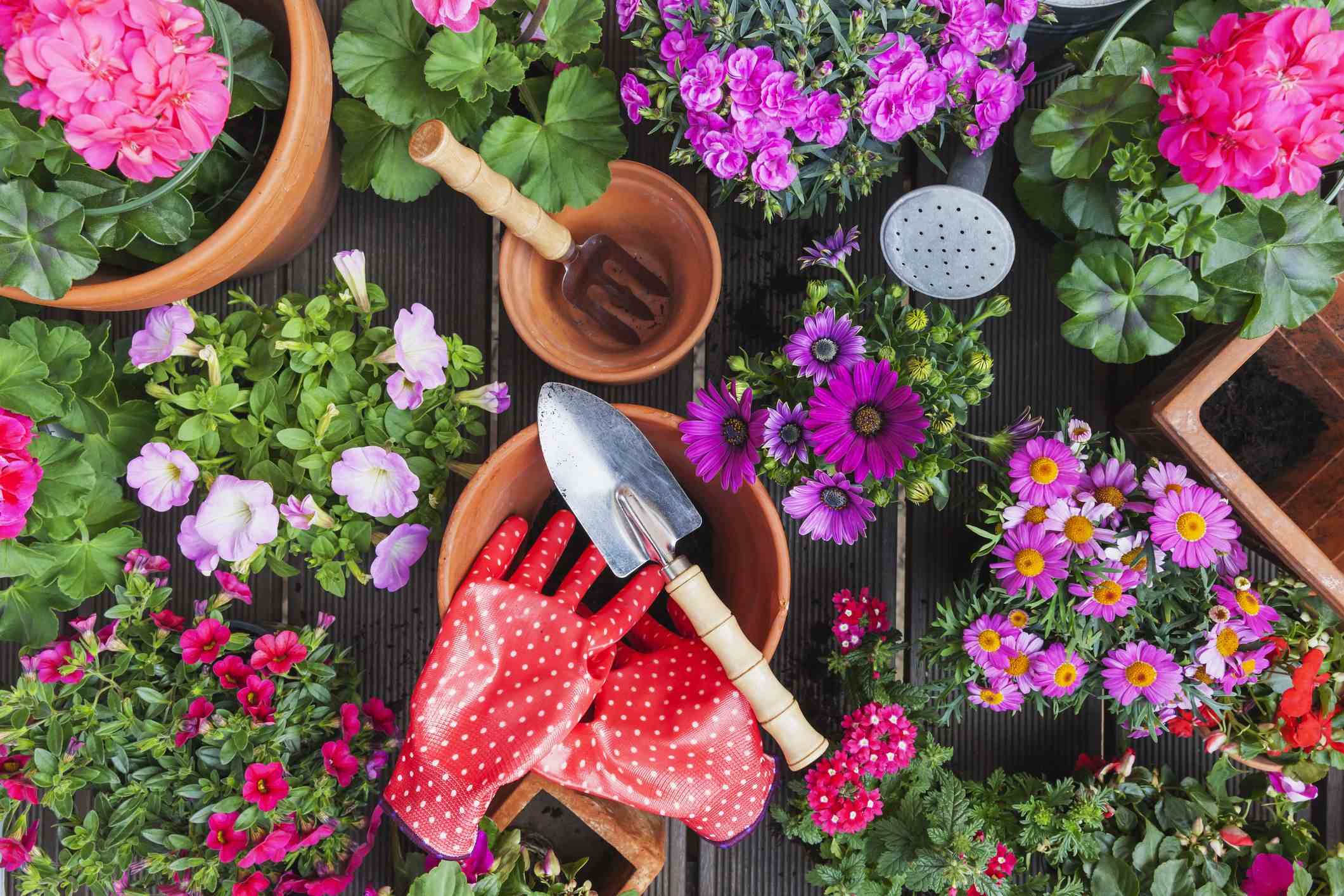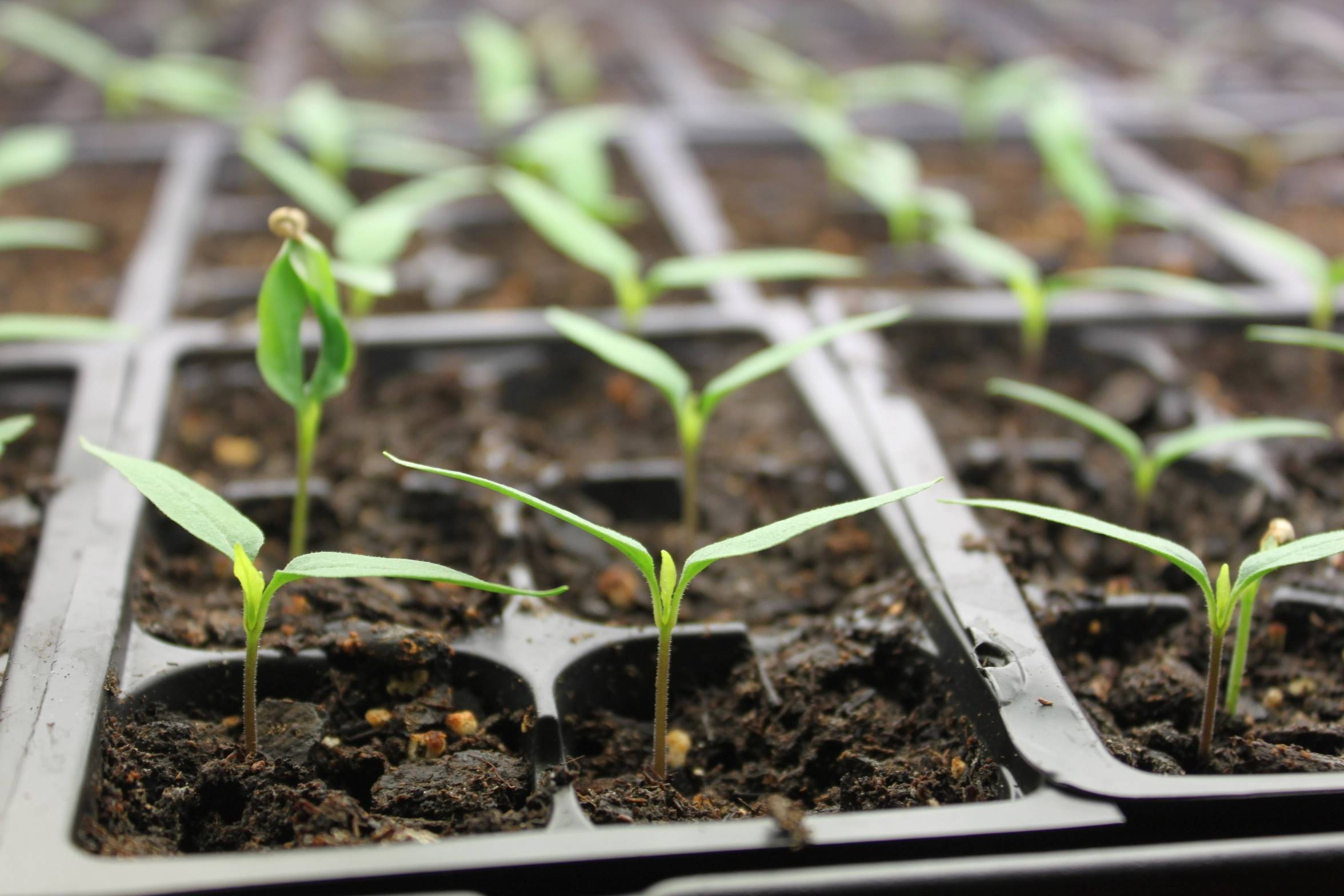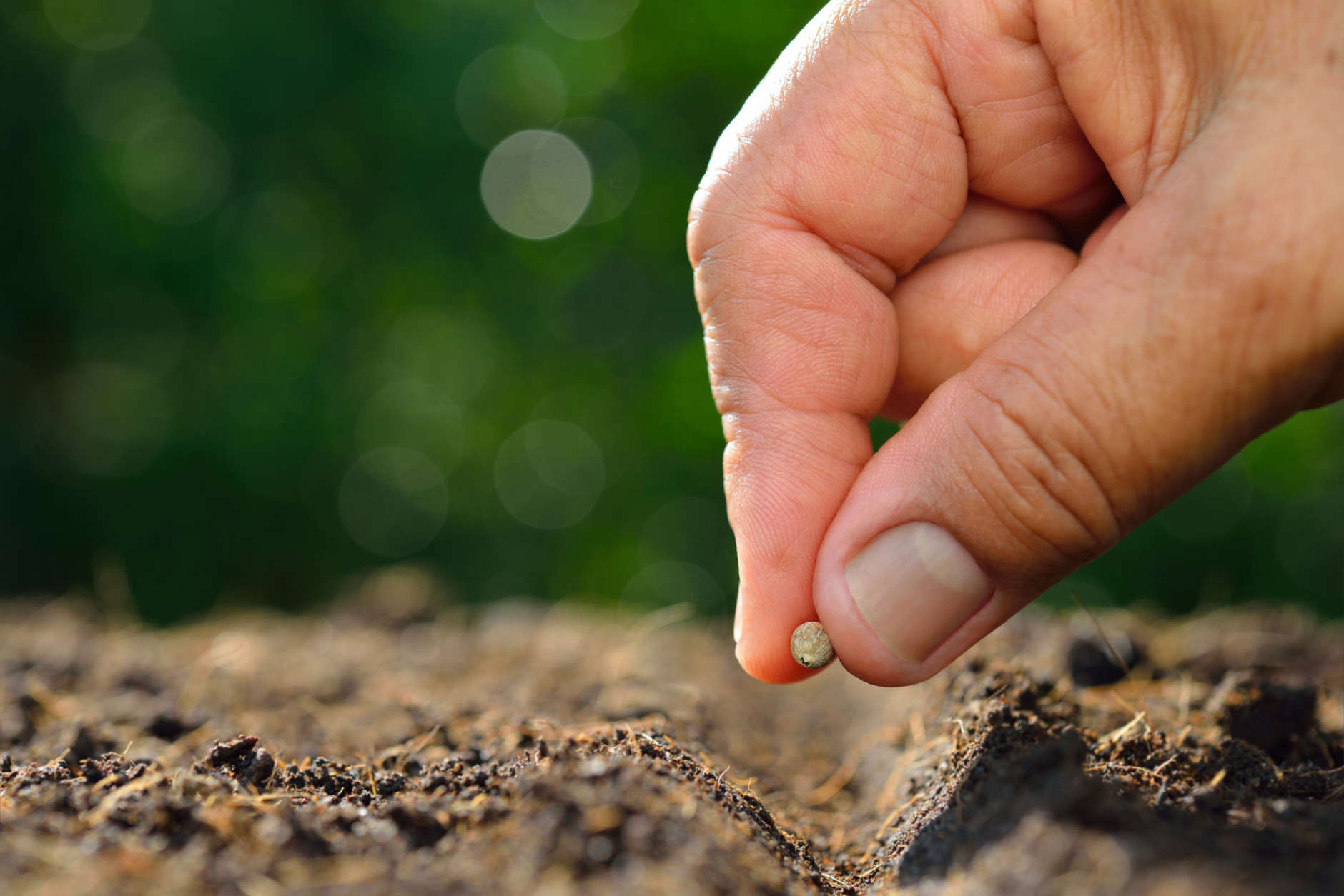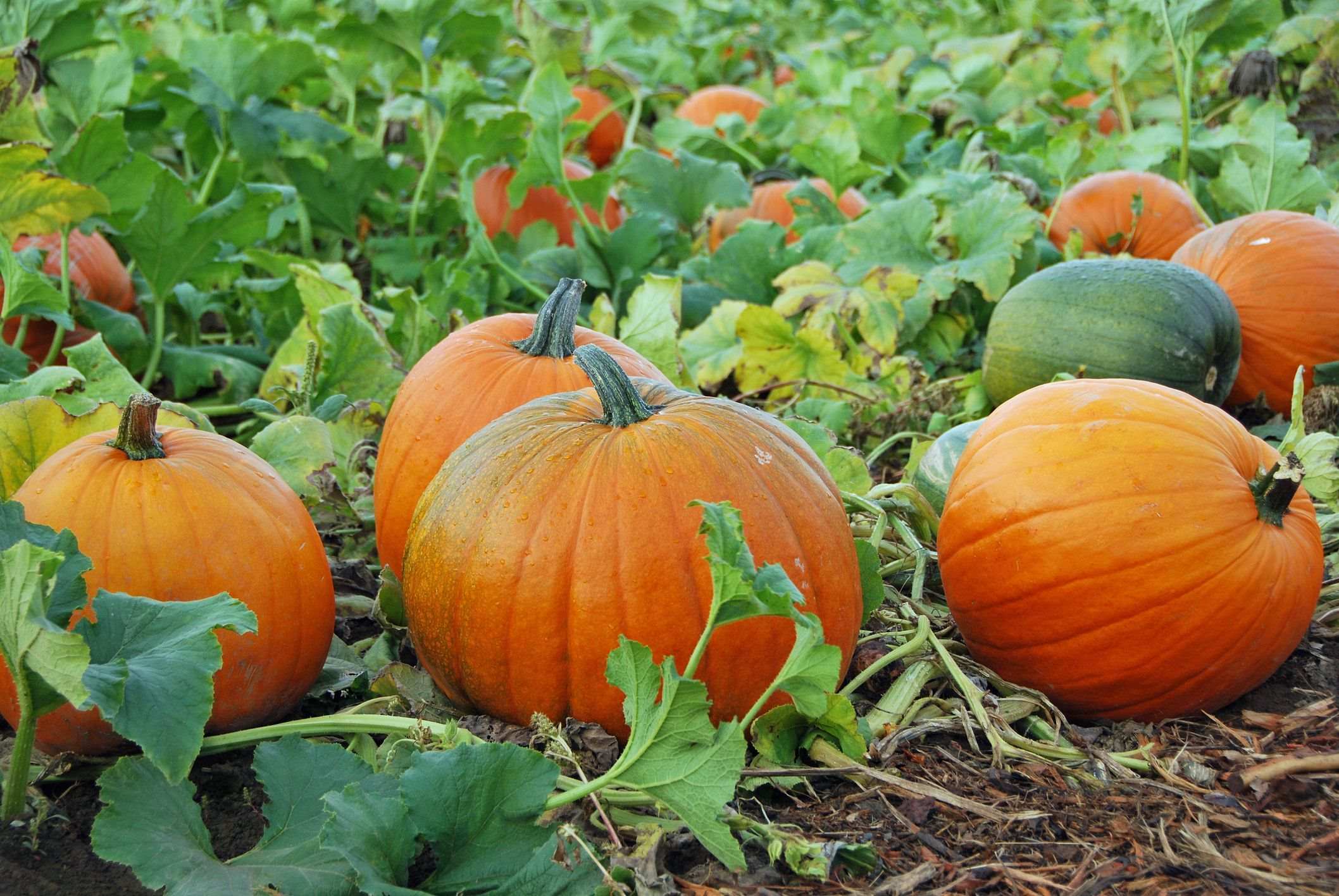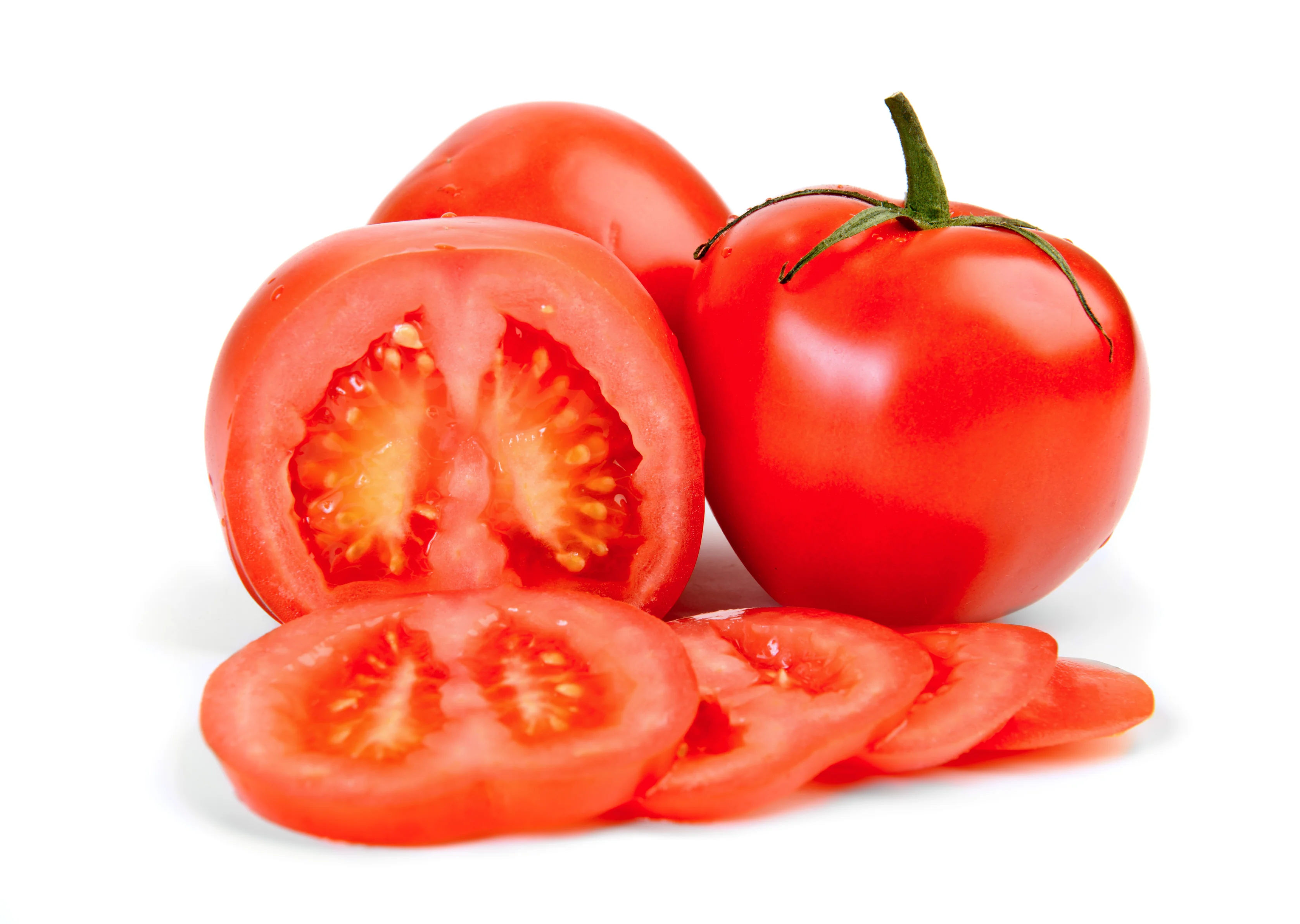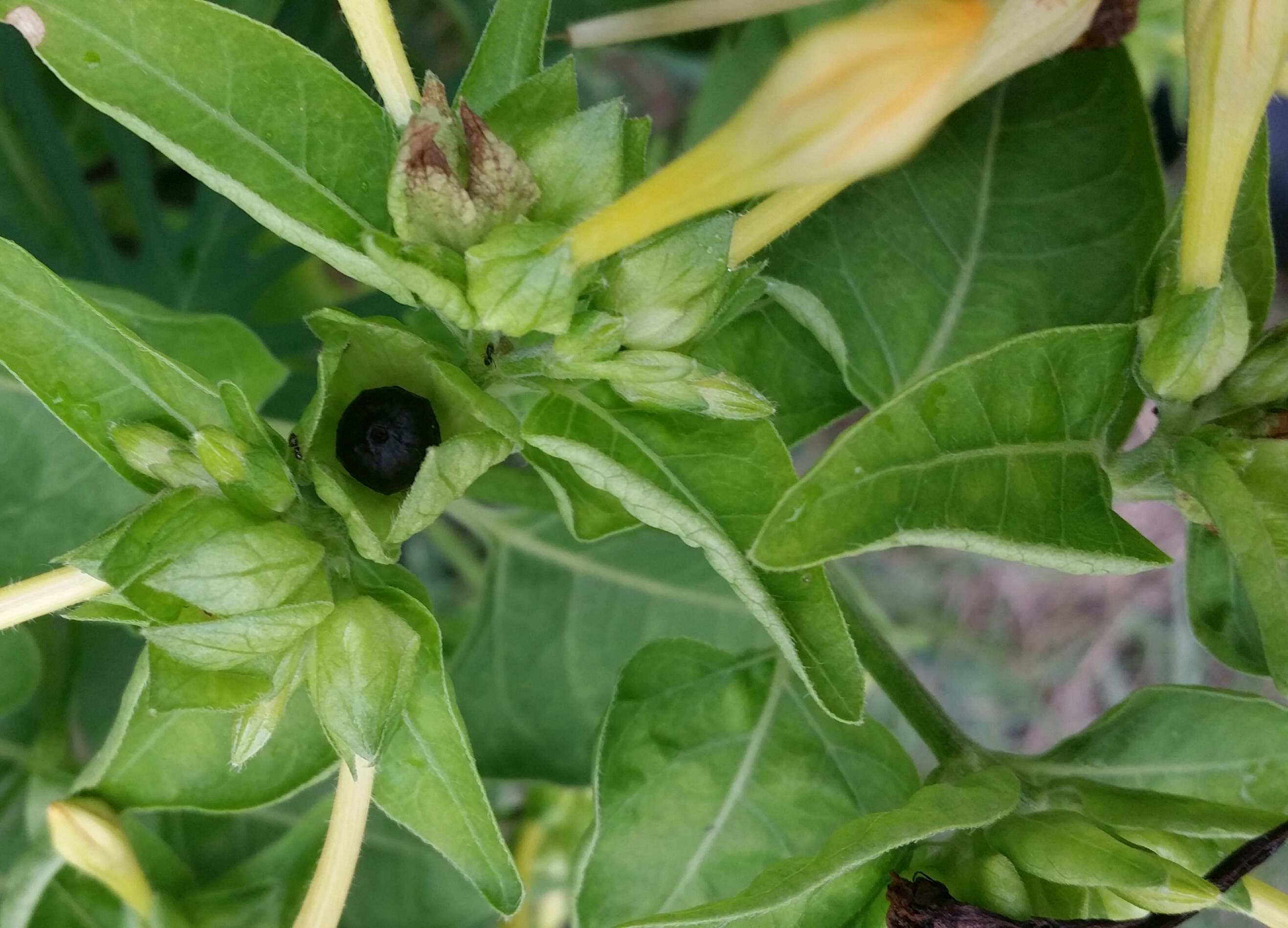Home>Gardening Techniques>Seasonal Gardening>When To Plant Pansy Seeds
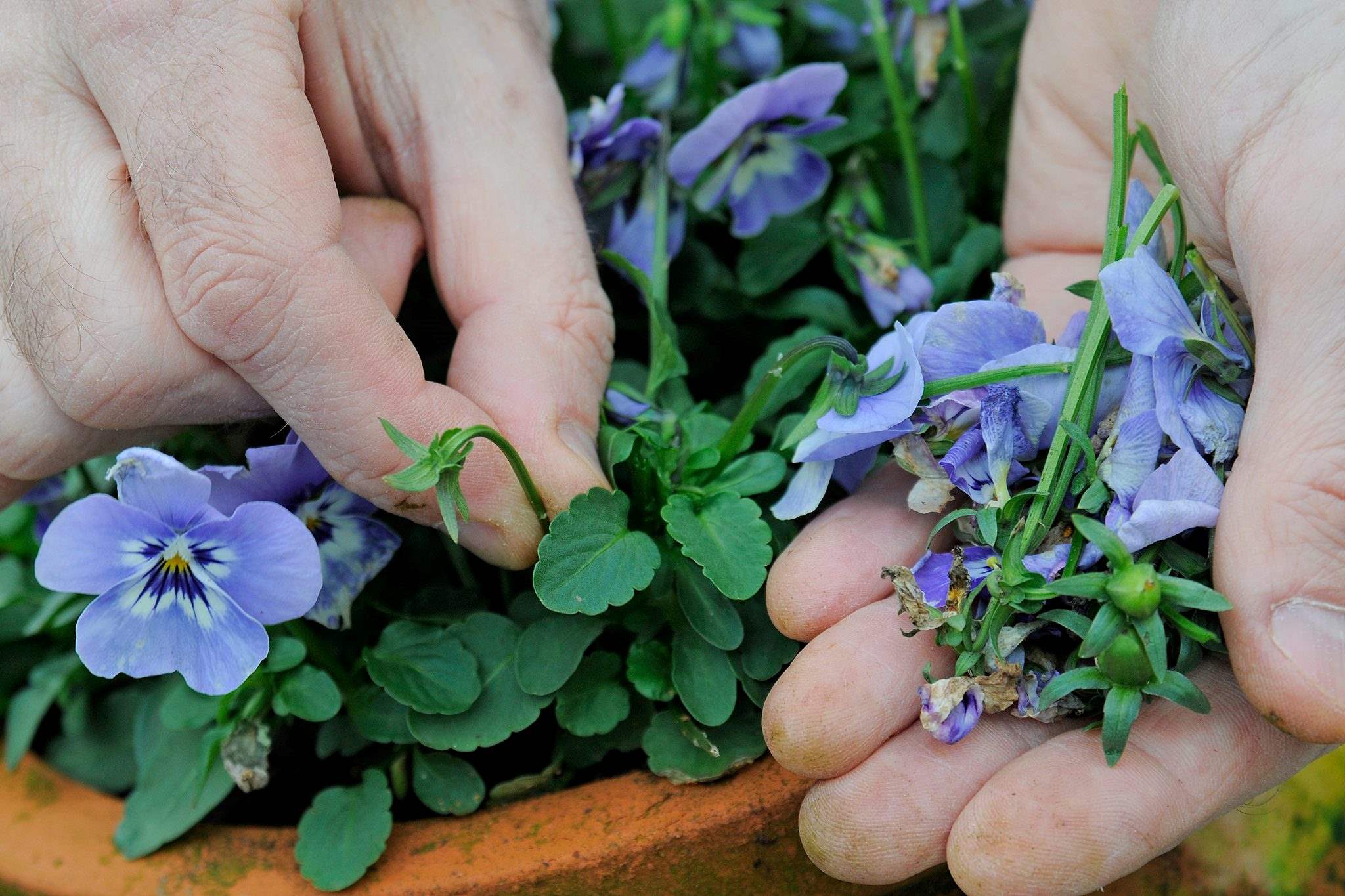

Seasonal Gardening
When To Plant Pansy Seeds
Published: September 16, 2023
Learn the best time to plant pansy seeds for a beautiful garden. Discover seasonal gardening tips for successful pansy cultivation.
(Many of the links in this article redirect to a specific reviewed product. Your purchase of these products through affiliate links helps to generate commission for Chicagolandgardening.com, at no extra cost. Learn more)
Table of Contents
Introduction
Welcome to the wonderful world of seasonal gardening! Whether you’re a seasoned gardener or just starting out, growing your own plants and flowers can be a rewarding and fulfilling experience. One plant that adds a burst of color and charm to any garden is the pansy. Known for its vibrant blooms and delicate fragrance, the pansy is a popular choice among garden enthusiasts.
When it comes to planting pansies, timing is crucial. A successful pansy garden starts with knowing the ideal planting time. By understanding the factors that affect the growth and development of pansy seeds, you can ensure an abundant and thriving garden.
In this article, we’ll explore the best time to plant pansy seeds, how to prepare the soil for optimal growth, and the steps to planting and caring for your pansy seedlings. Additionally, we’ll discuss common issues that may arise and provide troubleshooting tips to help you overcome them.
Whether you’re looking to brighten up your flower beds, add color to your containers, or simply enjoy the beauty of pansies throughout the seasons, this guide will equip you with the knowledge and skills to successfully grow and care for these lovely flowers.
Factors to Consider
Before diving into the specifics of when to plant pansy seeds, it’s important to understand the factors that can impact their growth and success. By considering these factors, you can make informed decisions and create the ideal conditions for your pansies.
- Climate: Pansies are cool-season flowers that thrive in moderate climates. They prefer temperatures ranging from 45°F to 65°F (7°C to 18°C). It’s essential to consider your local climate and determine if it aligns with the pansy’s preferred temperature range.
- Sunlight: Pansies require ample sunlight to flourish. They typically need at least 6 hours of direct sunlight per day. If you have a shaded garden or live in an area with limited sunlight, you may need to consider alternative locations or supplement with artificial lighting.
- Soil Conditions: Pansies prefer well-draining soil that is rich in organic matter. They thrive in soil with a pH level between 5.4 and 6.2. It’s important to assess your soil’s composition and make any necessary amendments to ensure optimal conditions for your pansy seeds.
- Watering Needs: Pansies require consistent moisture to thrive. While they shouldn’t be overwatered, it’s important to keep the soil evenly moist. Consider your garden’s natural rainfall patterns and develop a watering schedule to ensure your pansies receive the right amount of water.
- Companion Planting: Pansies are known for their versatility and ability to complement other plants. Consider the plants that will be growing alongside your pansies and ensure they have similar light and water requirements to create a harmonious garden.
By taking these factors into account, you can create the ideal environment for your pansy seeds to grow and flourish. Having a thorough understanding of these considerations will set the foundation for successful planting and care.
Ideal Planting Time
The ideal planting time for pansy seeds depends on your local climate and the specific variety of pansies you plan to grow. Pansies are generally planted in the early spring or fall when temperatures are cooler. This allows them to establish strong root systems and thrive in optimal conditions.
If you’re planting pansies in the spring, it’s best to sow the seeds indoors about 6-8 weeks before the last frost date for your area. This will give the seedlings enough time to develop before being transplanted outdoors. Transplanting can typically be done once the soil temperature reaches around 50°F (10°C).
On the other hand, if you prefer fall planting, it’s recommended to sow the seeds outdoors about 10-12 weeks before the first expected frost. This will give the pansies ample time to establish themselves before the colder temperatures set in.
When choosing the ideal planting time, it’s important to consider the temperature and weather patterns in your area. Pansies prefer cool temperatures and can withstand light frosts, but extreme heat or prolonged exposure to freezing temperatures can be detrimental to their growth.
It’s also worth noting that pansy seeds germinate best in temperatures ranging from 60°F to 70°F (15°C to 21°C). If the temperatures in your area are consistently outside this range, consider starting the seeds indoors or providing some form of temperature control such as a greenhouse or cold frame.
By carefully selecting the planting time based on your local climate and the specific needs of your pansy variety, you can maximize the chances of success and enjoy a beautiful and vibrant pansy garden.
Preparing the Soil
Preparing the soil is an essential step in ensuring the optimal growth and development of your pansy seeds. By creating a nutrient-rich and well-draining environment, you give your plants the best chance of flourishing. Follow these steps to prepare the soil for your pansy garden:
- Clear the area: Start by removing any weeds, rocks, or debris from the planting area. This will create a clean and clear space for your pansies to grow.
- Loosen the soil: Use a garden fork or tiller to loosen the soil to a depth of about 6-8 inches. This will help improve drainage and create a loose and friable texture that allows the roots to establish themselves easily.
- Add organic matter: Incorporate organic matter into the soil to improve its fertility and structure. This can be done by adding compost, well-rotted manure, or other organic materials. Mix the organic matter evenly throughout the soil to ensure it’s incorporated well.
- Adjust pH levels: Test the pH level of your soil and make any necessary adjustments. Pansies prefer slightly acidic to neutral soil, with a pH range between 5.4 and 6.2. If the soil is too alkaline, you can lower the pH by adding sulfur or peat moss. Conversely, if the soil is too acidic, you can raise the pH by adding lime.
- Improve drainage: Pansies dislike waterlogged soil, so it’s crucial to ensure proper drainage. If your soil is heavy and clay-like, consider adding sand or perlite to improve its drainage capacity. This will prevent water from pooling and potentially rotting the roots.
By adequately preparing the soil, you create a fertile and well-aerated foundation for your pansies to grow. This ensures they have access to the essential nutrients and moisture needed for healthy and vibrant blooms.
Planting Pansy Seeds
Now that you’ve prepared the soil, it’s time to plant your pansy seeds. Follow these steps to ensure a successful planting:
- Choose the right location: Select a spot that receives full or partial sun, depending on your pansy variety’s requirements. Ensure there is enough space between plants for proper air circulation.
- Sow the seeds: Create small furrows in the prepared soil, approximately 1/4 inch deep. Space the furrows about 6-8 inches apart. Carefully sow the pansy seeds, placing them about 1-2 inches apart in the furrows. Gently cover the seeds with a thin layer of soil.
- Water thoroughly: After planting, thoroughly water the soil to ensure proper moisture penetration. Use a gentle spray or watering can to avoid displacing the seeds.
- Maintain moisture: Keep the soil consistently moist until the seeds germinate. Avoid overwatering, as this can lead to fungal diseases. Regularly check the moisture level and adjust your watering schedule accordingly.
- Thin out seedlings: Once the seedlings emerge and grow a few inches tall, thin them out to give each plant enough space to thrive. Remove the weaker or overcrowded seedlings, leaving the strongest and healthiest ones.
- Provide care: As the pansy seedlings continue to grow, keep an eye out for pests and diseases. Remove any weeds that compete for nutrients and continue to water as needed. Apply a balanced, water-soluble fertilizer every 4-6 weeks to provide additional nourishment.
By following these steps, you’ll ensure that your pansy seeds have the best opportunity to germinate, establish strong roots, and grow into beautiful, flowering plants. Remember to be patient, as germination and growth can take several weeks. With proper care and attention, you’ll soon enjoy a stunning display of pansies in your garden.
Caring for Pansy Seedlings
Once your pansy seedlings have emerged, it’s important to provide them with proper care to ensure healthy growth and vibrant blooms. Follow these essential care tips for your pansy seedlings:
- Watering: Pansy seedlings require consistent moisture to establish strong roots. Water them regularly, keeping the soil consistently moist but not soggy. Avoid overwatering, as it can lead to root rot or other fungal diseases.
- Fertilizing: Feed your pansy seedlings with a balanced, water-soluble fertilizer every 4-6 weeks. This will provide them with the necessary nutrients for robust growth and abundant blooms. Follow the instructions on the fertilizer packaging for proper application rates.
- Pinching: Pinching refers to removing the growing tips of pansy seedlings to encourage bushier growth. As your seedlings reach about 3-4 inches tall, pinch off the top inch or two of the main stem. This helps create a more compact and lush plant.
- Deadheading: Regularly remove faded or spent flowers from your pansy seedlings. This process, known as deadheading, encourages continuous blooming and prevents the plant from putting energy into seed production.
- Pest and disease control: Keep a close eye on your pansy seedlings for any signs of pests or diseases. Common pests include aphids, slugs, and snails. If you notice any issues, take appropriate measures to control them, such as using organic insecticides or removing affected foliage.
- Protection from extreme temperatures: Pansies can tolerate cool temperatures but may suffer in extreme heat or frost. If your area experiences prolonged heatwaves or frost, consider providing shade or covering the pansy seedlings with a light cloth or frost blanket.
By providing proper care, you’ll help your pansy seedlings develop into healthy and vibrant plants. Regular watering, fertilizing, pinching, and deadheading will promote continuous blooming, ensuring a beautiful display of colors in your garden.
Common Issues and Troubleshooting
While pansies are relatively resilient plants, they can still encounter some common issues. Here are a few problems you may encounter with your pansy seedlings and tips for troubleshooting:
- Yellowing leaves: Yellowing leaves can be a sign of nutrient deficiency or overwatering. Ensure that you’re providing adequate drainage and proper fertilization. Adjust your watering schedule to prevent waterlogged soil.
- Pest infestations: Pansies can be susceptible to pest infestations, such as aphids or slugs. If you notice pest damage, consider using organic insecticides or natural pest control methods like handpicking or introducing beneficial insects.
- Fungal diseases: Pansies can develop fungal diseases like powdery mildew or botrytis blight. To prevent these diseases, ensure proper air circulation by spacing out your plants. Avoid overhead watering and remove any infected leaves promptly.
- Leggy growth: Leggy growth occurs when pansy seedlings become tall and spindly. This is often caused by insufficient sunlight. Make sure your pansies are receiving enough direct sunlight or consider supplementing with artificial lighting if they’re in a shaded area.
- Lack of blooms: If your pansy seedlings aren’t producing blooms, several factors may be at play. Ensure they’re receiving enough sunlight, proper nutrients, and are free from any pests or diseases. Additionally, check that you’re deadheading regularly to promote continuous flowering.
By being proactive and addressing these common issues, you can maintain the health and vitality of your pansy seedlings. Regular monitoring, timely intervention, and appropriate care will help your pansies overcome any obstacles and thrive in your garden.
Conclusion
Congratulations! You are now equipped with valuable knowledge and insights on planting and caring for pansy seeds. By understanding the ideal planting time, preparing the soil, and providing proper care, you can cultivate a vibrant and flourishing pansy garden.
Remember to consider the factors that affect pansy growth, such as climate, sunlight, soil conditions, and watering needs. By providing the optimal conditions for your pansies, they will reward you with their beautiful blooms and delicate fragrance.
Keep in mind the importance of preparing the soil, incorporating organic matter, adjusting pH levels, and ensuring proper drainage. These steps will create a nutrient-rich environment that supports healthy root development and overall plant growth.
As your pansy seedlings grow, continue to provide regular care, including watering, fertilizing, pinching, and deadheading. Keep a watchful eye for common issues, such as yellowing leaves, pest infestations, and fungal diseases, and take appropriate measures to address them promptly.
With patience, dedication, and a green thumb, you can enjoy a stunning display of colors and the delightful presence of pansy blooms in your seasonal garden. So go ahead, plant those pansy seeds, and let nature’s beauty unfold before your eyes!
